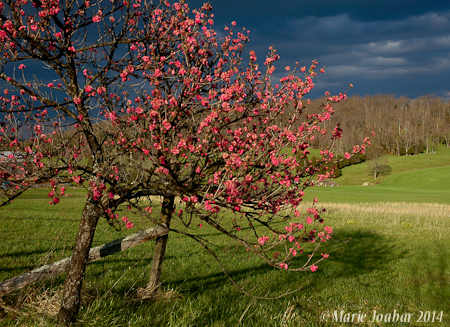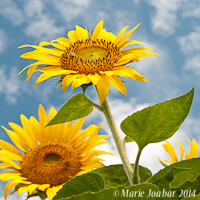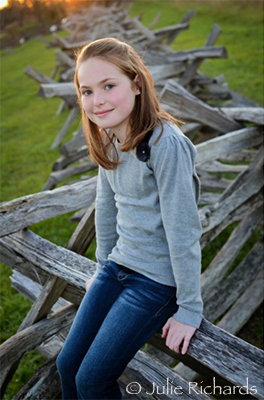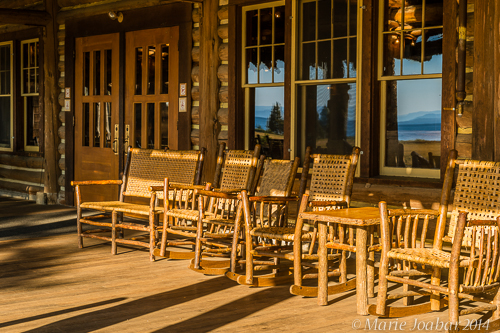6 Tips For Stronger Images
September 15, 2014 by Marie Joabar
Composing strong, compelling photos takes practice and although some people have a better eye naturally, we all have the ability to improve our skills and “see” stronger images. Regardless of what you like to shoot, keeping a few basic things in mind when composing can help you improve your eye and capture better photographs. 
1. On bright days when the sky is a white haze or has solid cloud cover, compose without the sky in the frame. Our cameras usually give the most attention to the brightest areas so including the bright sky will skew the exposure and probably render your subject too dark. Eliminating the sky or bright area from the scene will help you capture a better exposure. However, stormy skies are incredibly exciting to photograph, especially as the storm is approaching. Don’t miss the opportunity to capture the drama. Protect yourself and your camera and get the shots.
2. Nature and landscape photographers will capture stronger images if they rise early or stay out later to take advantage of the golden light found in the morning or late afternoons. The sun is lower in the sky and we’ll find our subjects side lit with interesting shadows and contrast. At these times, the sunlight is passing through the earth’s atmosphere giving us warmer and more colorful tones.
3. Placement of your subject in the frame is an important consideration. Avoid the bulls-eye look and instead of placing your subject dead center, place it in the upper or lower third or off to one side. Also consider the direction they’re facing or moving and have them entering the frame instead of walking out of it.
Similar to the above, avoid placing the horizon in the center and instead place it in the upper and lower third section of the frame for a more interesting or dynamic image.

4. Capture your scenes from different levels. Eye level is how we see our world but shooting from above looking down or shooting down low can give an interesting and fun look.
 5. When photographing people, position them in shade for a more flattering and pleasing look. Sunlight gives dark shadows and jarring contrast. If you have no choice but to capture them in sunlight, consider using the flash or reflector to even out the light and to fill in the dark shadows.
5. When photographing people, position them in shade for a more flattering and pleasing look. Sunlight gives dark shadows and jarring contrast. If you have no choice but to capture them in sunlight, consider using the flash or reflector to even out the light and to fill in the dark shadows.
6. Another way to improve your photography is to look at other people’s photos. View galleries (online or in person) visit museums, look at photo books, etc and develop a sense of what you like and why. This will help you improve your eye and help you develop your vision when you’re out shooting.
Look for more tips in future articles, but for now, we hope September finds you out and about fine-tuning your eye and capturing stronger images.

